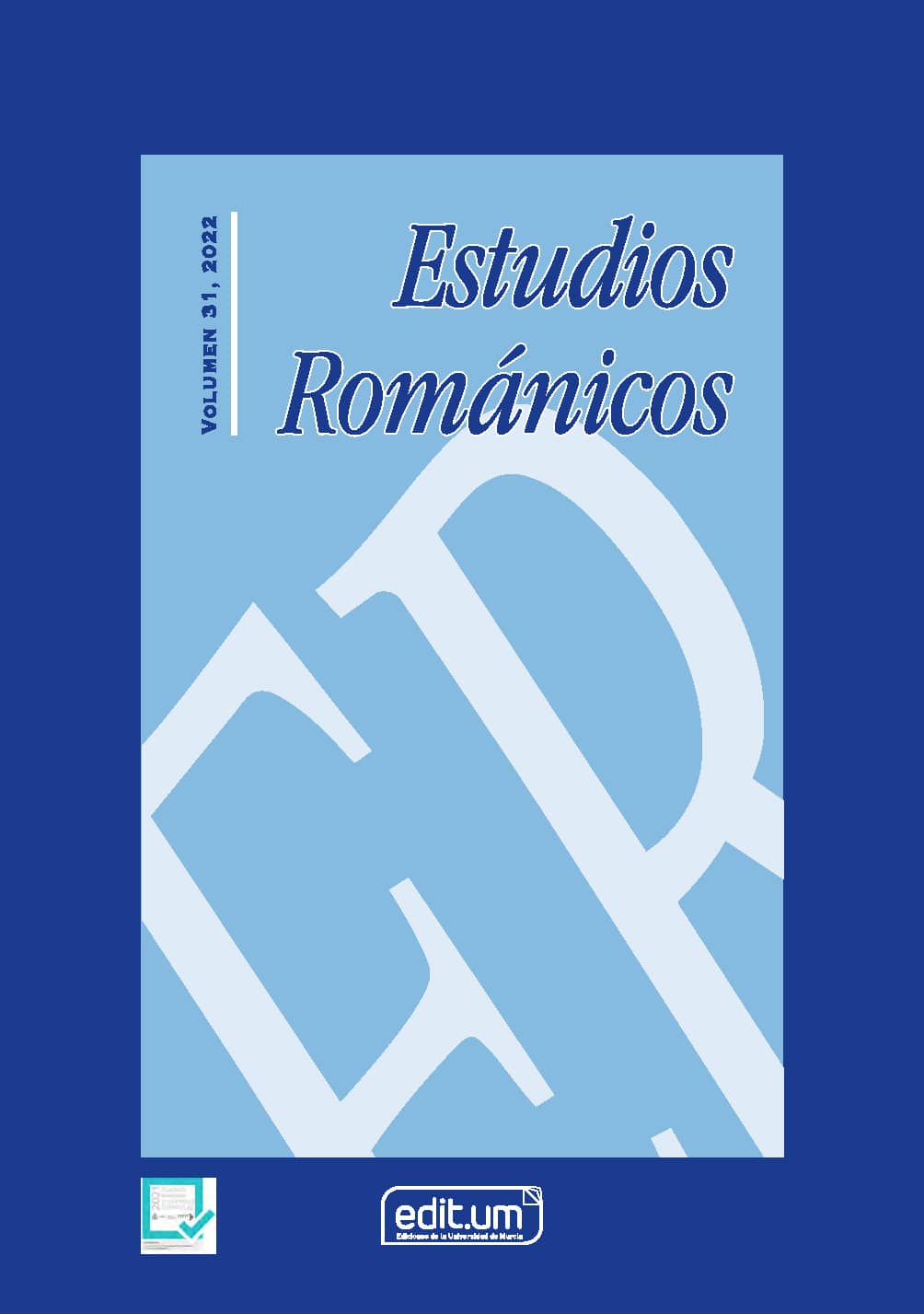Words of the New Reality: Some Reflections on the Language of the Pandemic
Abstract
The article will focus on the lexical creativity brought about by the coronavirus pandemic. Taking as a reference period the months between February 2020 and December 2021, we will reflect on the functions and the types of lexemes used by the media that subsequently penetrated the everyday vocabulary. We will analyse the mechanisms that led to the creation of new terms based on the “lexicogenic matrices” of Jean-François Sablayrolles and we will evaluate their productivity. The corpus consists of over one hundred entries detected on both “Néoveille”, a web platform which tracks neologisms, and on the Internet, and includes mostly playful, sometimes dysphemic terms, along scientific and technical terms. All these lexemes are words that bear witness to the COVID-19 pandemic and express the need to adapt to this unprecedented reality and to categorise it by naming the new phenomena.
Downloads
-
Abstract410
-
pdf (Français )961
References
BERTRAND, Denis et DARRAULT-HARRIS, Ivan et ATHARI NIKAZM, Marzieh (2020) : « COVID-19. Mot, discours, situation, comportement », Language Related Research, vol. 11, no. 5, pp. 327-347, [https://lrr.modares.ac.ir/article-14-49470-fa.pdf, 25/01/2022].
BIMBENET, Charles (2022): « Le “Dicovid” des mots inventés ! Des mots créés par les internautes pour dire la crise sanitaire », Le Robert, 05/03/2022 [https://dictionnaire.lerobert.com/dis-moi-robert/raconte-moi-robert/mot-annee/le-dicovid-des-mots-inventes.html, 10/01/2022].
CARTIER, Emmanuel (2016) : « Néoveille, système de repérage et de suivi des néologismes en sept langues », Neologica, no. 10, 101-131.
CARTIER, Emmanuel et al. (2017) : « Détection automatique, description linguistique et suivi des néologismes en corpus : point d’étape sur les tendances du français contemporain », SHS Web of Conferences 46, 08002 (2018) [https://doi.org/10.1051/shsconf/20184608002].
CERQUIGLINI, Bernard (2021) : Chroniques d’une langue française en résilience. Paris : Larousse.
KACPRZAK, Alicja (2019) : La néologie de l’adjectif en français actuel. Łódź : Presses Universitaires de Łódź.
PRUVOST, Jean et SABLAYROLLES, Jean-François (2019) : Les néologismes. Paris : Presses Universitaires de France.
SABLAYROLLES, Jean-Français (2015) : « Néologismes ludiques : études morphologiques et énonciativo-pragmatiques », E. Winter-Froemel et al. (éds), Enjeux du jeu de mots : Perspectives linguistiques et littéraires, Berlin–Boston : Walter de Gruyter, 189-215.
SABLAYROLLES, Jean-Français (2016) : « Emprunts et équivalences d’autres langues ». Z. Hildenbrand et al. (éds), Emprunts néologiques et équivalents autochtones en français, en polonais et en tchèque. Limoges : Éditions Lambert-Lucas, 23-35.
SABLAYROLLES, Jean-Français (2019) : Comprendre la néologie : conceptions, analyses, emplois. Limoges : Lambert Lucas.
ZIMMERMANN, Pascale (2020) : « Le vocabulaire qui a fleuri avec la crise du COVID-19 », Tribune de Genève, 02/05/2020 [https://www.unige.ch/sciences-societe/files/7815/8859/4729/refqer.pdf ; 12/01/2022].
Copyright (c) 2022 Estudios Románicos

This work is licensed under a Creative Commons Attribution-NonCommercial-ShareAlike 4.0 International License.
Las obras que se publican en esta revista están sujetas a los siguientes términos:
1. El Servicio de Publicaciones de la Universidad de Murcia (la editorial) conserva los derechos patrimoniales (copyright) de las obras publicadas, y favorece y permite la reutilización de las mismas bajo la licencia de uso indicada en el punto 2.
2. Las obras se publican en la edición electrónica de la revista bajo una licencia Creative Commons Reconocimiento-NoComercial-SinObraDerivada 3.0 España (texto legal). Se pueden copiar, usar, difundir, transmitir y exponer públicamente, siempre que: i) se cite la autoría y la fuente original de su publicación (revista, editorial y URL de la obra); ii) no se usen para fines comerciales; iii) se mencione la existencia y especificaciones de esta licencia de uso.
3. Condiciones de auto-archivo. Se permite y se anima a los autores a difundir electrónicamente las versiones pre-print (versión antes de ser evaluada) y/o post-print (versión evaluada y aceptada para su publicación) de sus obras antes de su publicación, ya que favorece su circulación y difusión más temprana y con ello un posible aumento en su citación y alcance entre la comunidad académica. Color RoMEO: verde.












